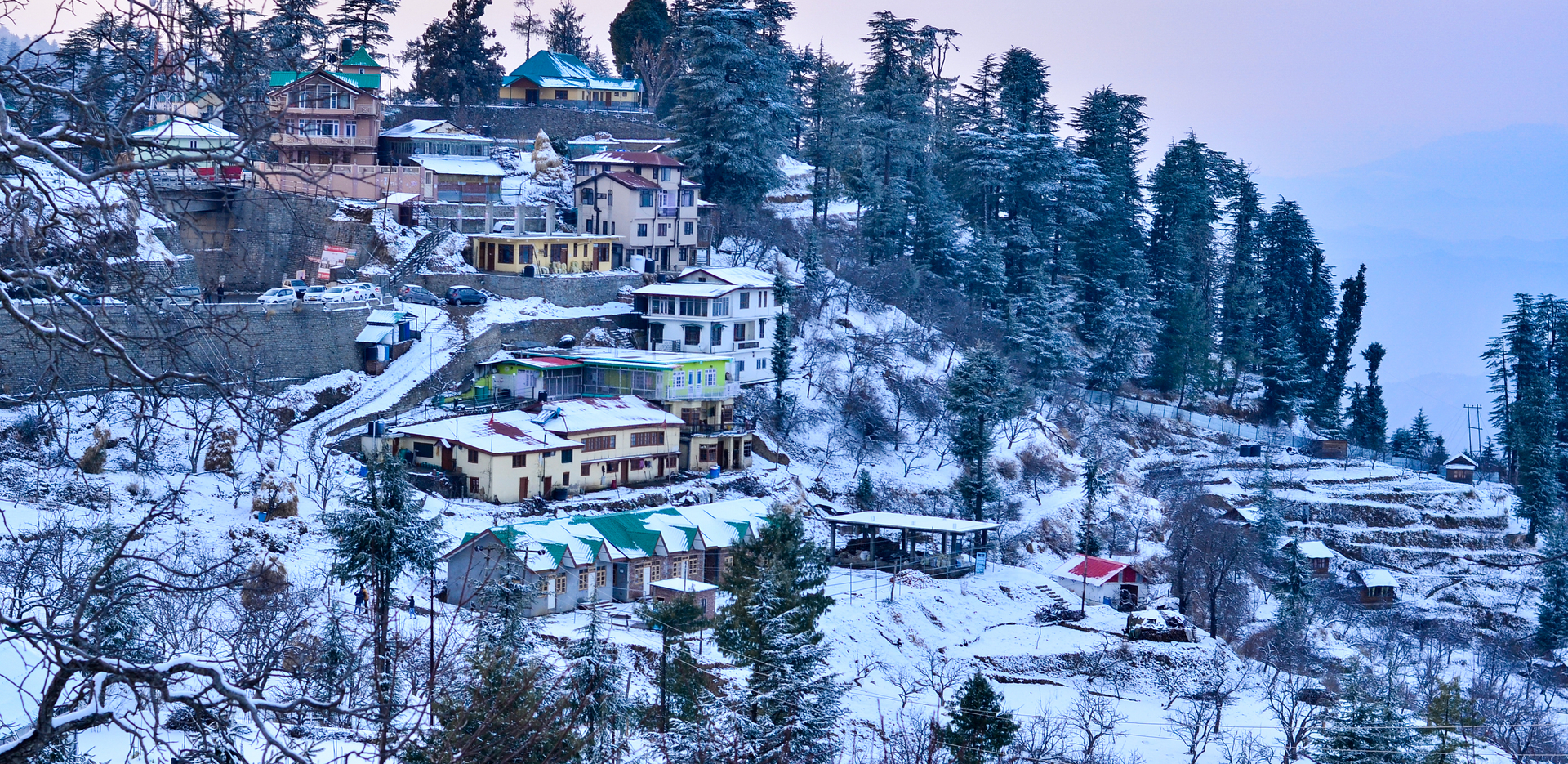Culture Of Himachal Pradesh
Himachal Pradesh is a multi-religion practising, multicultural and multilingual state. Some of the most commonly spoken languages are Hindi and the various Pahari languages. The Hindu communities residing in Himachal include the Brahmins, Rajputs, Kannets, Rathis and Kolis.

The North Indian state of Himachal Pradesh is a state that has remained largely uninfluenced by Western culture. Himachal Pradesh is a multi-religion practising, multicultural and multilingual state. Some of the most commonly spoken languages are Hindi and the various Pahari languages.[1] The Hindu communities residing in Himachal include the Brahmins, Rajputs, Kannets, Rathis and Kolis. There are also tribal population in the state which mainly comprise Gaddis, Kinnarms, Gujjars, Pangawals and Lahaulis.[2] Himachal is well known for its handicrafts. The carpets, leather works, shawls, paintings, metalware and woodwork are worth appreciating. Pashmina shawl is one of the products which is highly in demand not only in Himachal but all over the country. Himachali caps are also famous artwork of its people. Local music and dance reflects the cultural identity of the state. Through their dance and music, they praise their gods during local festivals and other special occasions. There are a number of fairs and festivals celebrated in Himachal Pradesh, including the temple fairs in nearly every region that are of great significance to this state. The day-to-day food of Himachalis is very similar to the rest of the north India. They too have lentil, broth, rice, vegetables and bread,etc. As compared to other states in north India, non-vegetarian cuisine is more preferred. Some of the specialities of Himachal include Manee, Madeera, Pateer, Chouck, Bhagjery and chutney of til. Around 96% of the population of the state is of Hindus. The major communities include Brahmins, Rajputs, Choudharies, Kannets, Rathis and Kolis. The tribal population comprises the Gaddis, Kinnars, Jadun, Tanolis. Gujjars, Pangawals and Lahaulis. From the alpine pasture regions to the lower regions during the cold winter season are mainly Hindus. The Kinnars are the inhabitants of Kinnaur and they generally practice polyandry and polygamy. The Gujjars are nomadic people who rear buffalo herds and are mainly Muslim. The Lahaulis of Lahaul and Spiti and native of spiti, Kinnaur region mainly comprises Buddhists.[4] A percentage of people are also Tibetans. Muslim, Christian and Sikhs. Though Hindi is the state language, many people speak the various Western Pahari languages. A majority of the population is engaged in agricultural practices, however the more educated of them are now moving towards tertiary sectors. As per the traditional dressing norms the dress of the Brahmin male includes dhoti, kurta, coat, waistcoat, turban and a hand towel while that of the Rajput male consists of tight fitting churidar pyjamas, a long coat and a starched turban. With the changing time the dress up of the people has now become a mixed one. Though the above-mentioned style is now hardly followed, people have started wearing western style of clothes.